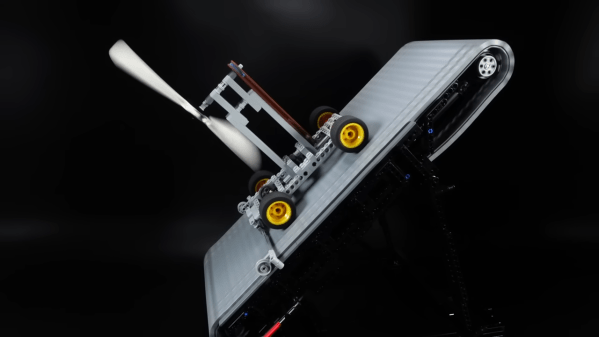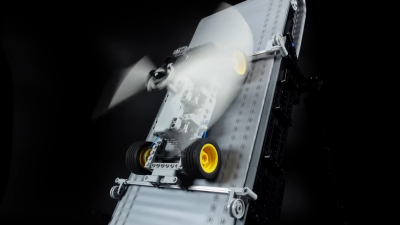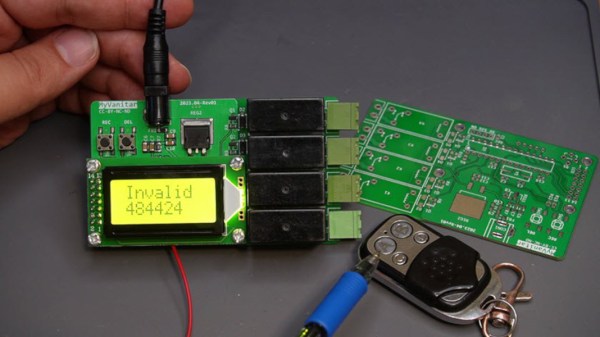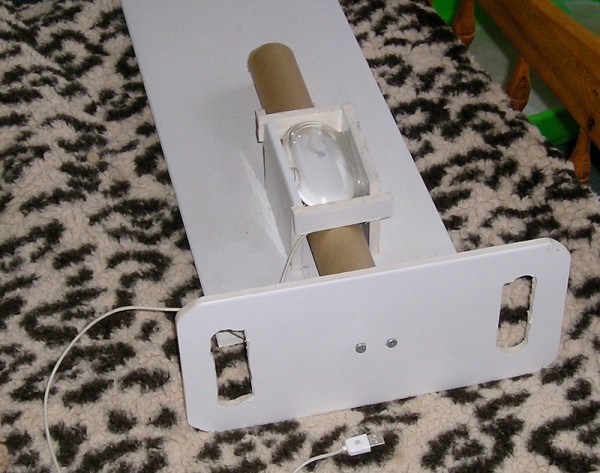Cars (including LEGO ones) will roll downhill. In theory if the hill were a treadmill, the car could roll forever. In practice, there are a lot of things waiting to go wrong to keep this from happening. If you’ve ever wondered what those problems would be and what a solution would look like, [Brick Technology] has a nine-minute video showing the whole journey.
The video showcases an iterative process of testing, surfacing a problem, redesigning to address that problem, and then back to testing. It starts off pretty innocently with increasing wheel friction and adding weight, but we’ll tell you right now it goes in some unexpected directions that show off [Brick Technology]’s skill and confidence when it comes to LEGO assemblies.
You can watch the whole thing unfold in the video, embedded below. It’s fun to see how the different builds perform, and we can’t help but think that the icing on the cake would be LEGO bricks with OLED screens and working instrumentation built into them.
Continue reading “What Does It Take For A LEGO Car To Roll Downhill Forever?”



















